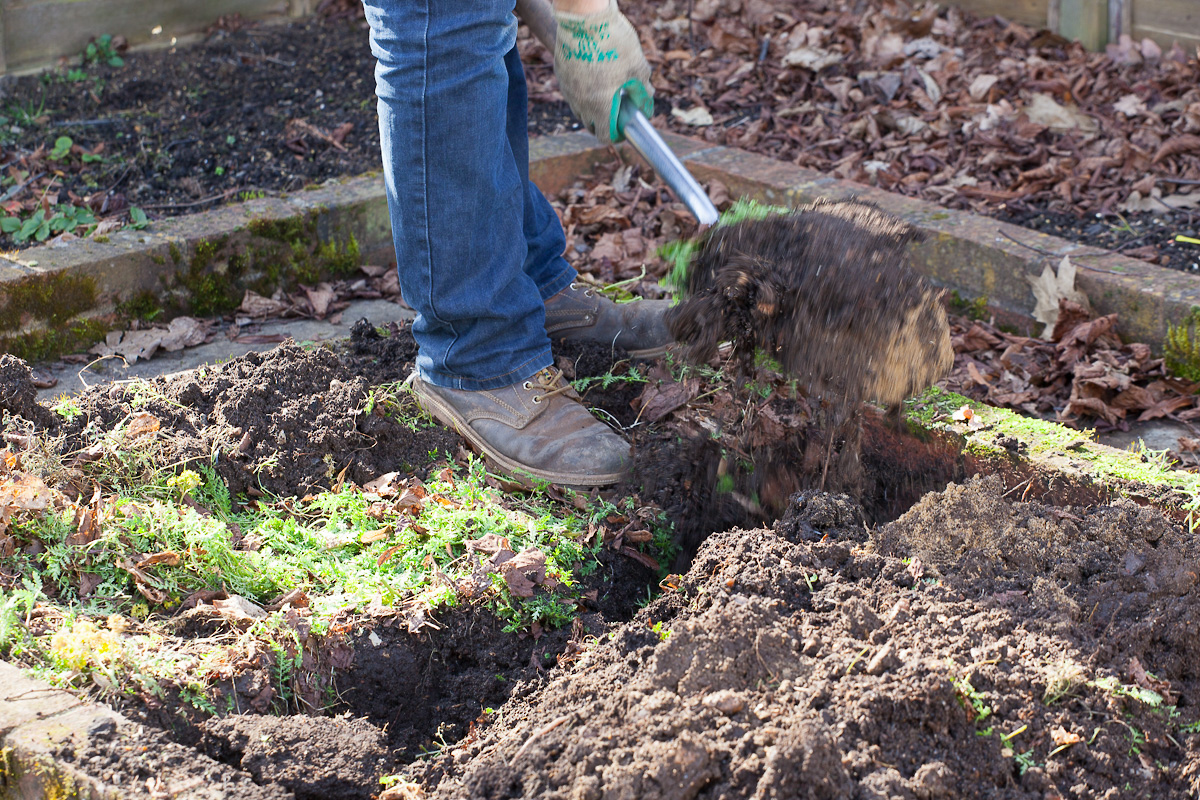The basic concept behind companion planting is to grow various plants together for collective gain. It is typically used to protect vegetable plants from pests. It can, however, be used to lure pollinating insects in order to increase crop production and soil diversity.
Although most studies on the benefits of companion plants focus on vegetable gardens, decorative plants may also benefit from understanding compatible plants to help stop disease and invasive species. There is always an element of experimentation and error in companion planting to see what works best for your plants.
How to Companion Plant
Before you even consider companion planting in your backyard, ensure that you adhere to crop rotation rules. This means that you should never plant the same crop in the same location for multiple gardening seasons in a row. This can result in disease and insect infestations, as well as nutritional deficits.
It is also critical to understand which plants should be paired together. The following are some examples of companion planting that you might want to try in your own garden.

- Aphids and other hungry insects are said to be deterred by planting Nasturtiums next to cabbages.
- Planting onions or parsley next to tomatoes will keep greenflies away from the crops.
- Growing French marigolds between many tomato plants is advantageous because marigolds have a strong odor that repels greenflies and blackflies.
- Parsley tends to attract beneficial insects, which aid in the control of pests that feast on tomato plants.
- Sage has been shown to deter carrot flies and moths.
- Corn’s strong stems provide sturdy support for climbing beans.
- Chives are resourceful and provide aphid protection for your crops.
- Chives’ strong fragrance repels aphids from Sunflowers.
Not every garden has enough space to grow a diverse range of crops for companion planting. Fortunately, if you don’t have enough space for larger crops, herbs like basil, chives, and oregano can provide the same benefits as other companion plants.
There are species that make very good neighbors, and there are plants that make terrible neighbors. Typically, plants that compete for the same nutrients, water, and area should not be planted too close together.
Crops vulnerable to a similar plant disease should be kept as far apart as possible to keep it from spreading. More importantly, some crops have the power to impede the growth of other plants. Fennel is frequently used as an instance of a terrible companion plant that should be kept separate from all other plants in the backyard.



